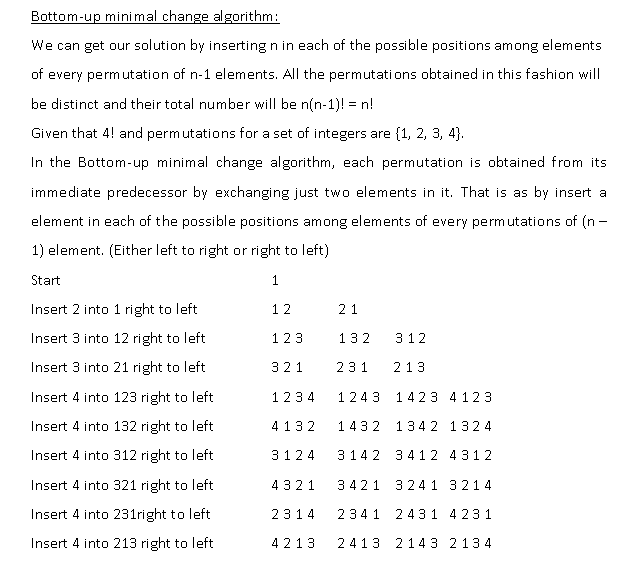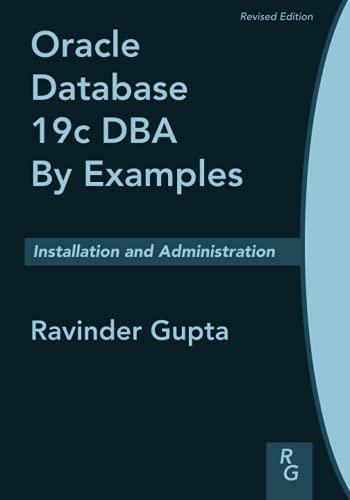Answered step by step
Verified Expert Solution
Question
1 Approved Answer
Write the code for ( Java ) a d ecrease-by-one minimal change algorithm to generate all permutations of numbers {1,2,,n}. User inputs positive integer n
Write the code for (Java) a decrease-by-one minimal change algorithm to generate all permutations of numbers {1,2,,n}. User inputs positive integer n and program generates permutations of {1,2,,n}. Provide code, and resulting permutations for the following two tests ( inputs n=3 and n=5.)
This is how it should work:

Step by Step Solution
There are 3 Steps involved in it
Step: 1

Get Instant Access to Expert-Tailored Solutions
See step-by-step solutions with expert insights and AI powered tools for academic success
Step: 2

Step: 3

Ace Your Homework with AI
Get the answers you need in no time with our AI-driven, step-by-step assistance
Get Started


